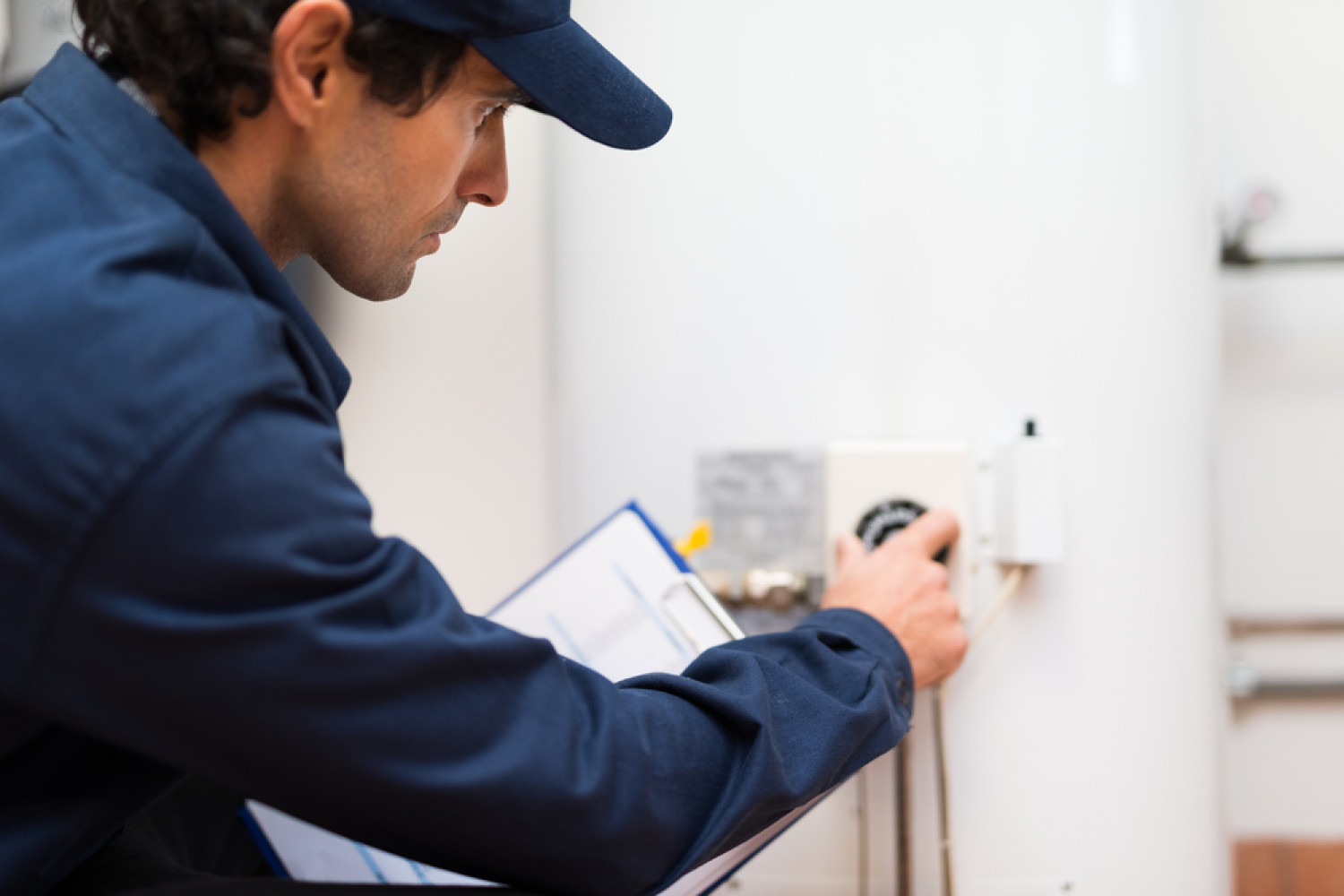

FAQ
How does a water heater work?
Traditional water heaters come in a variety of shapes and sizes and can be electric, gas or oil fired. They all work through the same process to provide your family with hot water year round. Water fills the tank of the water heater through a dip tube until it reaches capacity and heats the water to the temperature set at the thermostat. When the call for hot water comes from an area of the home, the hot water is transferred out through the heat-out pipe and is carried to that part of the house.
At what temperature should I set my water heater?
The recommended temperature for your water heater is 120 degrees. This temperature will help reduce energy costs and prevent burns, while still effectively providing hot water.
Should I turn my water heater off when I go on vacation?
Yes. It is a good idea to turn off your water heater when you leave your home for more than a couple days to reduce energy costs and prevent possible flooding. You want to make sure that you turn off the water supply to the water heater. If your unit is gas fired, make sure to turn off the burner; if it's electric, make sure you turn it off at the breaker box.
What are the benefits of using a tankless water heater instead of a traditional water heater?
A traditional water heater will continue to heat the water in the tank to keep it constant at the temperature set on the thermostat, even when not in use, so that it is ready when called for use. Using energy to heat water not in use is called standby heat loss. Tankless water heaters avoid standby heat loss by only heating water as it fills the tank and only when being called for, making it more efficient and reducing energy costs. Tankless water heaters also are smaller in size, but can be nearly double the cost of a traditional water heater to purchase and install.
